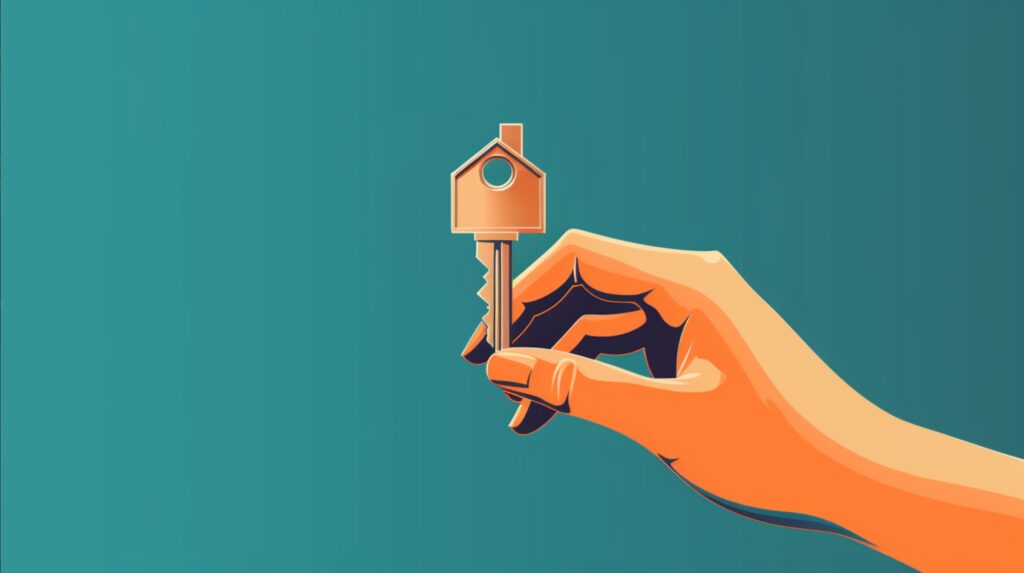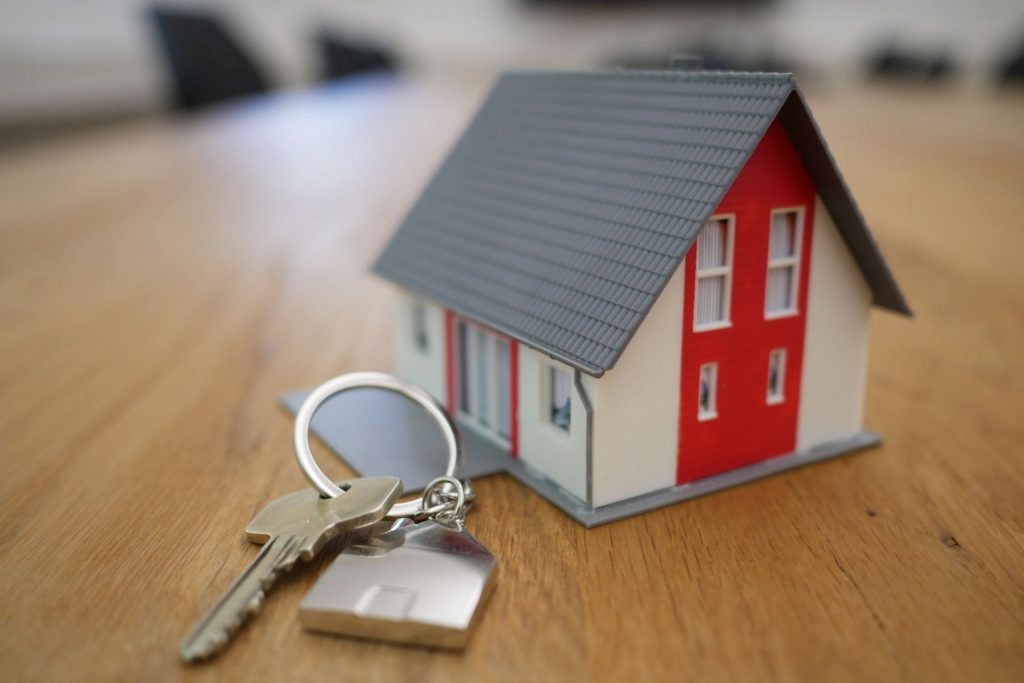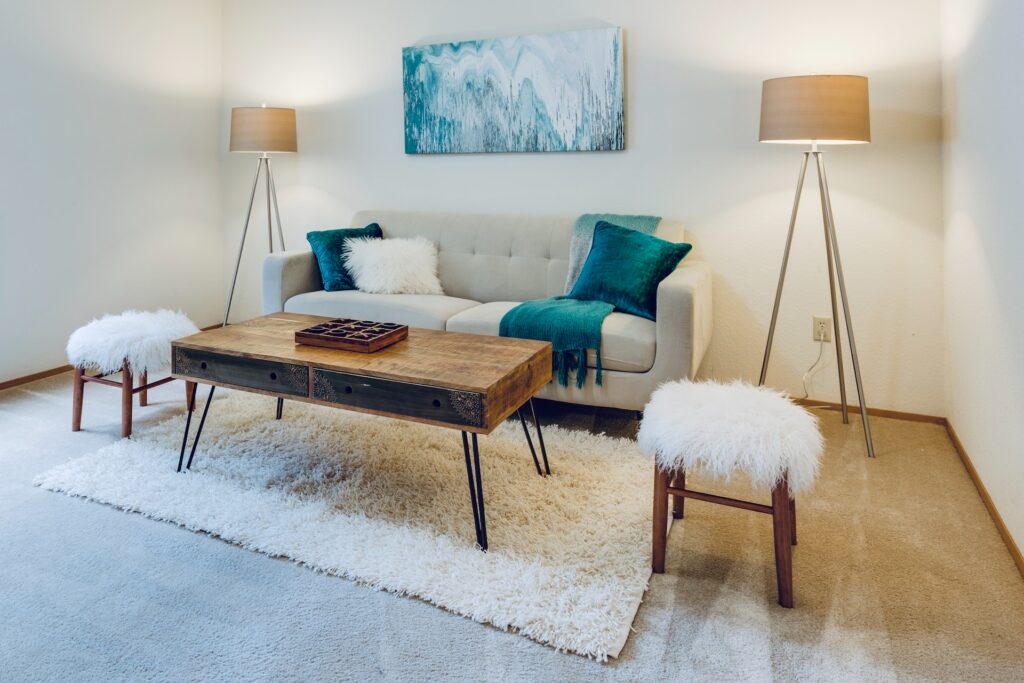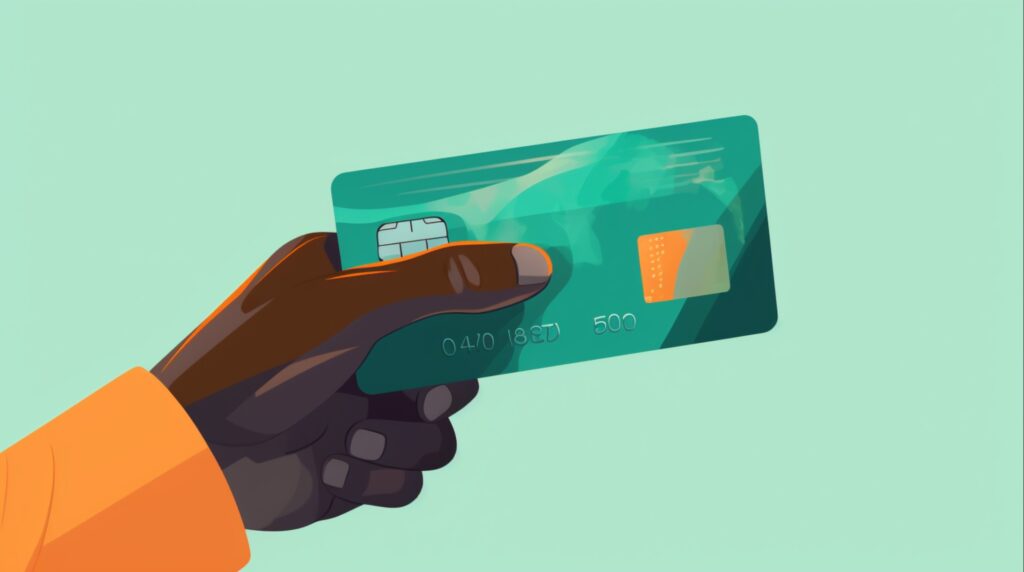
We are reader-supported. When you buy through links on our site, we may earn an affiliate commission.
Buying your first home can be daunting for a number of reasons. Although it’s really exciting to live in your own residence, becoming a homeowner is also a huge responsibility. A large part of that responsibility is financial and ensuring that you can afford a home.
Most new homeowners don’t have the savings to pay for a house outright. Instead, they put down an initial sum on a home and then get a loan to cover the rest of the cost. These loans are called mortgages and it’s important to understand them as a first-time homebuyer.
What Is a Mortgage?
Mortgages are typically the largest loan people will take out over the course of their whole lives. These loans can take 30 or more years to pay off, depending on how much money homeowners borrow and what type of mortgage they choose. If you can afford a hefty down payment, your mortgage could be ten years or lower.
Although going into debt is generally not a good idea, many people do choose to take out a mortgage. Without a loan, most people wouldn’t be able to afford a home for many years, if at all. Spending money on a rental means it will take even longer to save for a home. A mortgage allows you to put money toward your own house until it fully belongs to you.
When you sign a mortgage, your new home becomes collateral for the debt. This means that if you’re unable to make monthly payments, the bank can take your house to recoup its losses. This is what’s known as a foreclosure. To protect themselves, banks do research to ensure you’re making good money and should be able to pay them back.
The word mortgage comes from two French roots that mean “death” and “pledge.” It’s not as scary as it sounds – etymologists hypothesize that these words were used because the debt of a mortgage dies or ends when it’s paid off. Alternatively, you could read this as a debt you’ll carry until death – or at least for most of your life.
Different Types of Mortgages
In America, there are several different kinds of mortgages. Two of the most popular are fixed-rate and adjustable-rate mortgages (ARM). If you’re unable to pay a down payment, you can potentially get an FHA, VA or ESPA loan. Here’s a quick overview of the most common types of mortgages.
Fixed-Rate Mortgage
Fixed loans are predictable and offer stability for people who are careful about budgeting.
You can take out fixed-rate mortgages for periods of 10, 15 and 30 years. For this kind of mortgage, you pay the bank a set amount of interest every year until you refinance or the loan is paid back in full.
For example, a 15-year fixed-rate mortgage will take 15 years to pay off. Because a 15-year loan is shorter than a 30-year loan, it will have higher monthly mortgage payments. However, the payments for a 15-year loan will be lower than the payments for a 10-year loan.
Paying your mortgage back quickly can actually save you money over time. For every year that you’re paying off your house, you’ll also have to pay interest on the loan at the fixed rate you originally agreed to pay. Mortgage rates change all the time, but right now they’re at a historic low between 2-4%.
Adjustable-Rate Mortgage
In contrast to fixed-rate loans, adjustable-rate loans can have varying interest rates depending on the year. These loans are risky for most homeowners because the interest rates can increase unpredictably, changing the cost of monthly mortgage payments from one year to the next.
Hybrid adjustable-rate mortgages are notated with two numbers that signify the number of years the interest is fixed and how often it can change. For example, a 5/1 ARM has a fixed rate for the first five years and then can change every year until the loan is paid in full.
In rare cases, choosing an ARM can save you money. However, it’s important to consider the worst-case scenario before committing to this kind of loan. If interest rates go up and you’re unable to make payments, you could lose your house. Most homeowners prefer to work with a loan that’s more predictable.
Additional Mortgage
If you don’t have the funds for 20% of a home’s down payment, there are several options you can pursue to purchase a house. Some new homeowners take out a second loan known as private mortgage insurance (PMI) that gives the bank additional security if you’re unable to pay your primary mortgage.
After you’ve paid for 20% of the house’s value, you may be able to refinance and stop paying PMI each month in addition to your mortgage payments. However, refinancing requires the bank’s approval. If you want to refinance because you’re in financial trouble, the bank may not agree to change your original mortgage.
VA, FHA and USDA loans have different rules from typical mortgages. These loans can help homeowners purchase a house with extremely low down payments and sometimes without one at all. They also typically don’t require PMI. However, these loans have specific requirements and aren’t available to everyone.
Do the Math
When you’re considering different mortgages, always run the math. The housing market, mortgage interest rates and how you feel about your home will change, but the math never lies. Always think through what a given mortgage will mean for future payments and plan accordingly. If you do the math, you’ll be able to purchase and enjoy your first home with confidence.










